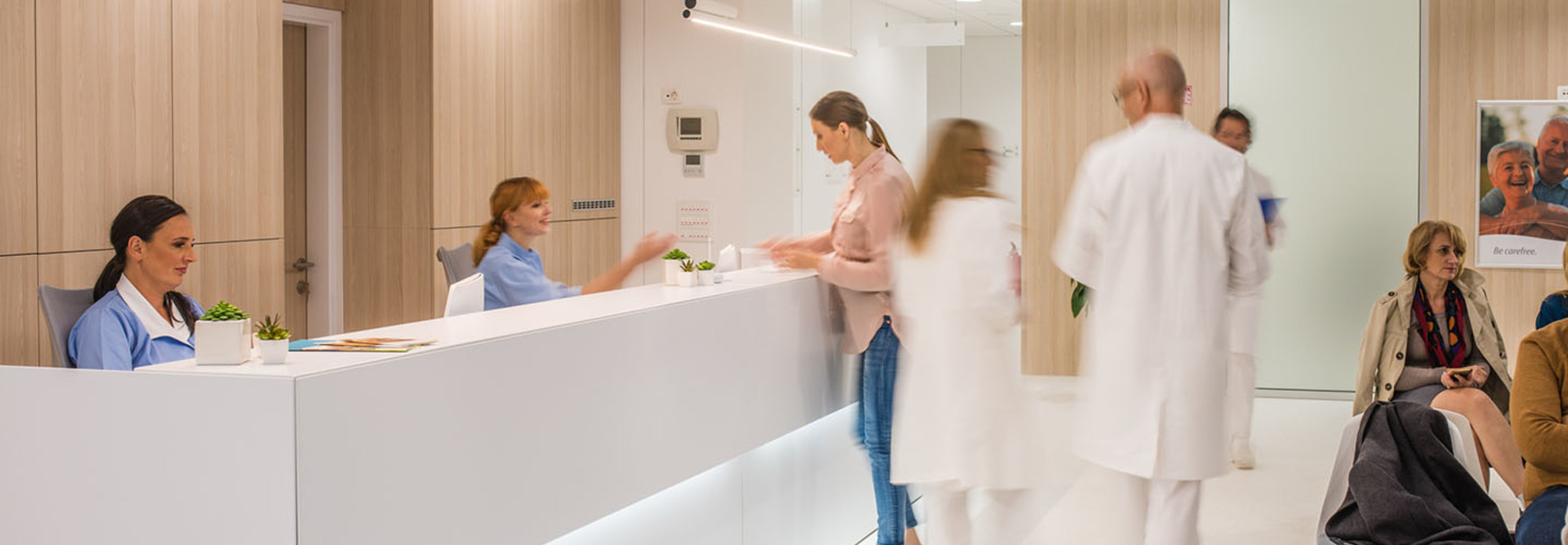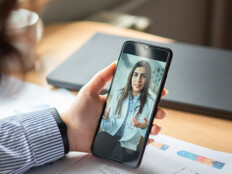Mobile Tools Make Emergency Patient Care More Efficient
Disasters like Hurricane Florence, which loomed over the East Coast this week, can leave emergency care providers overwhelmed — both during the disaster and when roads become navigable again.
Mobile healthcare tools, such as tablets and telehealth software, can offer a vital resource to emergency departments and providers as they seek to wade through the chaos and streamline care for those who need it most.
Houston Calls on Telemedicine to Supplement Emergency Care
The Houston Fire Department, for example, uses mobile technology to more efficiently manage a growing number of 911 calls. Because only a fraction of daily calls to the center are true emergencies, paramedics first determine if a patient is experiencing a serious issue. If so, they take the patient to the emergency room.
If not, a physician can examine the patient via telemedicine or help emergency medical technicians determine the best course of action, which could include calling the patient a cab to a clinic. That helps to free ambulances so they’re not tied up transporting nonemergency cases to hospitals.
This tool, powered by Cisco Systems’ videoconferencing technology, proved vital during and after Hurricane Harvey, when resources were scarce.
“After the storm, when the roads became more navigable and most cabs came back online, [the emergency telehealth system] played a critical role in freeing up other fire department apparatuses to be able to respond to water emergencies,” Michael Gonzalez, associate medical director for the HFD, tells HealthTech. “The ambulances are already the unit that is in shortest supply for us on a regular day. If the ambulance can be spared from transporting a patient that can be safely transported and treated by another entity, the ambulance can be sent to help treat and transport a more critical patient.”
LEARN MORE about how mobile tools are changing the care landscape for providers and patients!
Tablets Streamline Triage for Stroke Victims
At Atlantic Health System’s Overlook Medical Center in Summit, N.J., paramedics use tablets to triage potential stroke victims during the drive to the emergency room. They conduct clinical exams and connect with neurologists via telemedicine so that by the time they arrive at the hospital, a patient can be admitted directly for a computerized tomography scan, allowing doctors to quickly identify both the type of stroke and the best course of action.
The model has shaved an average of 14 minutes from the time a patient arrives at the hospital to the time treatment is received.
And it isn’t just providers tapping these tools; the U.S. military has also had success deploying mobile technologies for emergency care. Medics in the field can use devices to triage and treat patients, access their health information and communicate with clinicians at primary care hospitals.








